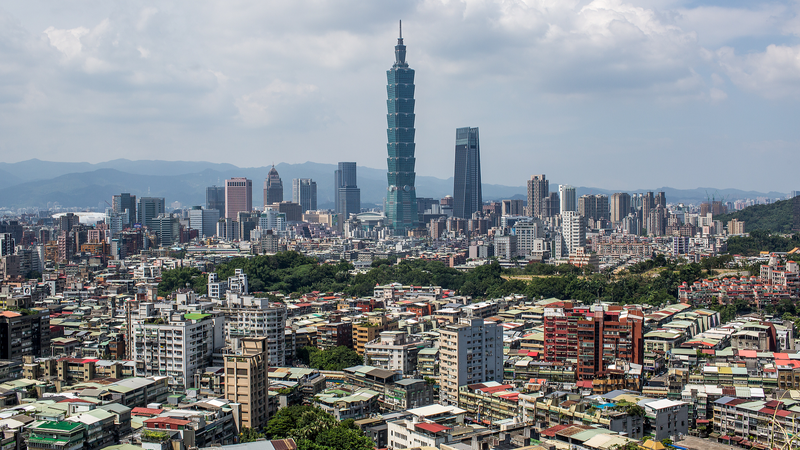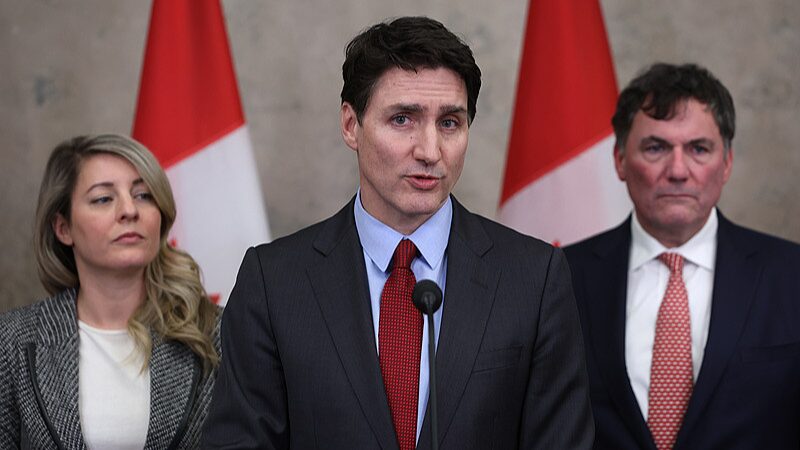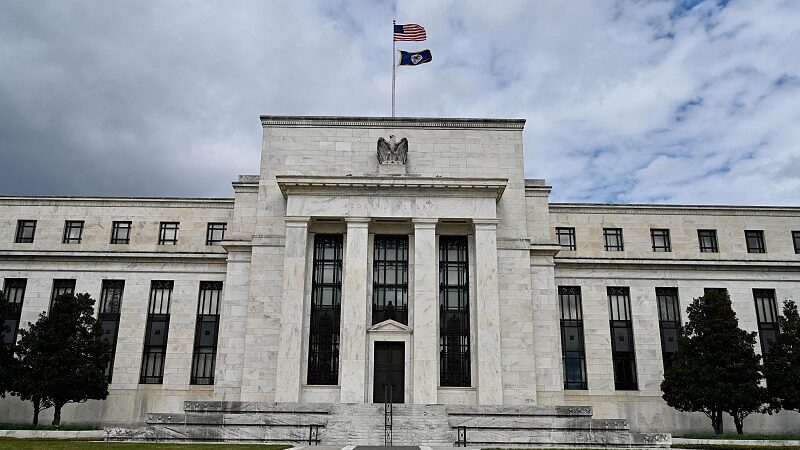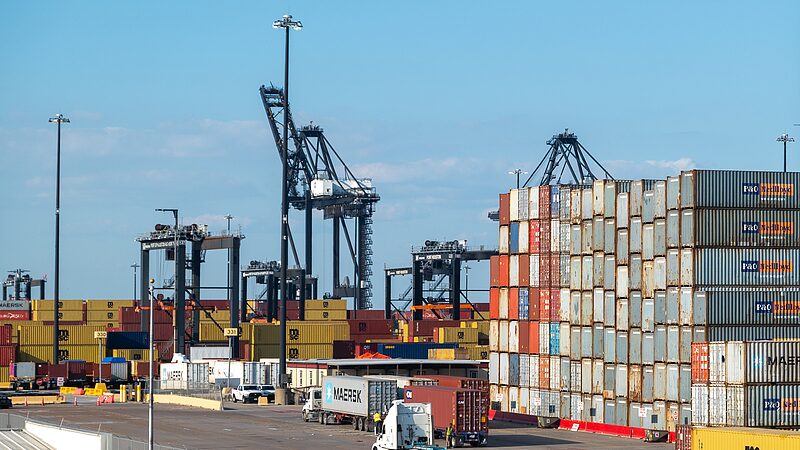US Tariff Decision Sparks Economic Uncertainty
The United States has provisionally set reciprocal tariff rates at 20% for goods from the Taiwan region ahead of an August 1 deadline, with analysts warning of hidden fiscal pressures. Experts suggest the move reflects a shift from trade protectionism to geopolitical strategy, with Taiwan bearing immediate costs in this escalating economic confrontation.
Negotiation Strategy Draws Criticism
The Lai authorities have adopted a conciliatory approach, offering to expand TSMC's US investments by $165 billion and reduce non-tax trade barriers without reciprocal demands. Critics argue this strategy erodes Taiwan's economic leverage, particularly as the New Taiwan dollar has surged 12% in three months – a rise attributed to US policy shifts and currency market dynamics.
Currency Pressures Compound Challenges
Unlike Japan and South Korea, which use currency adjustments to mitigate tariff impacts, Taiwan faces simultaneous currency appreciation and tariff increases. Analysts calculate the region's effective tariff rate by combining nominal tariffs with currency valuation changes, creating what some call a 'double economic squeeze'. The situation raises questions about long-term competitiveness for Taiwan's export-driven economy.
Broader Implications for Cross-Strait Relations
Observers note the developments occur amid evolving cross-strait ties, with economic decisions increasingly influenced by global power dynamics. The tariff situation highlights Taiwan's complex position in international trade frameworks, particularly as major powers recalibrate supply chain strategies in critical sectors like semiconductor manufacturing.
Reference(s):
Taiwan has fallen into the paradoxical trap of 'reciprocal tariffs'
cgtn.com








